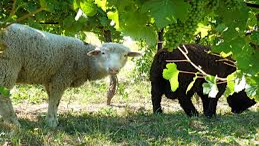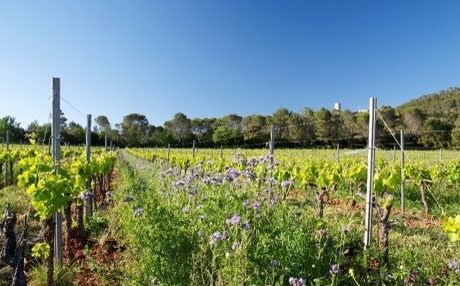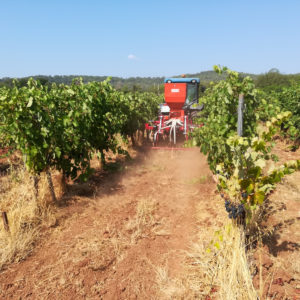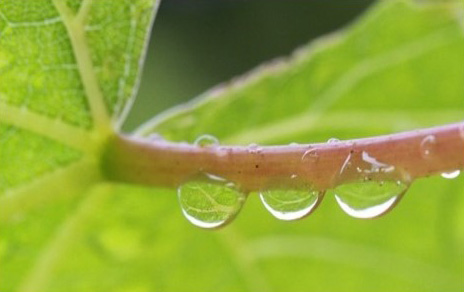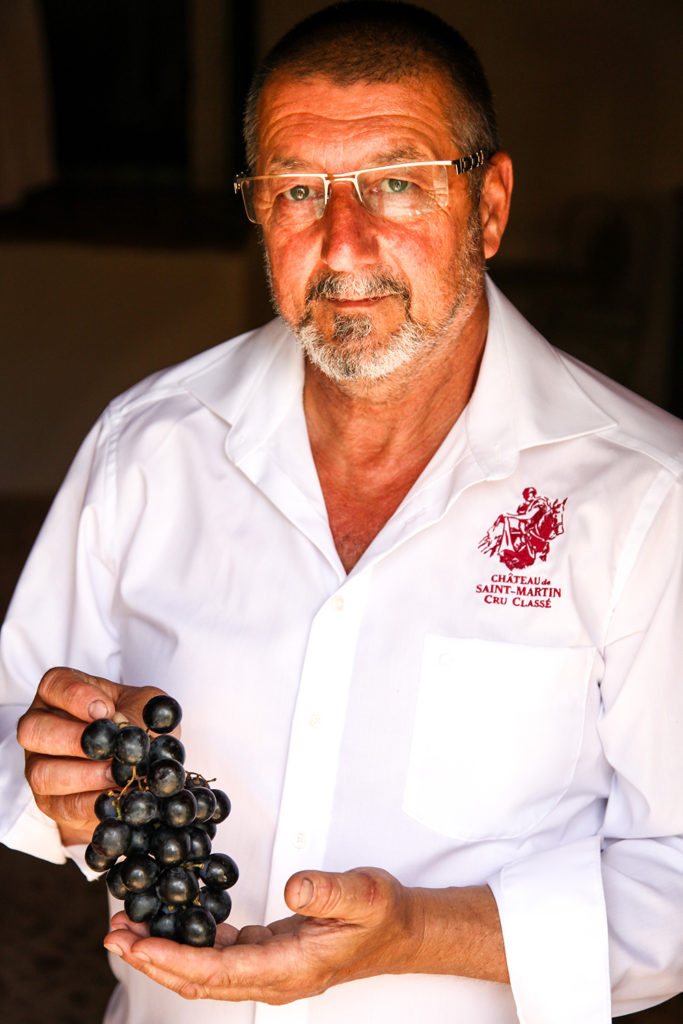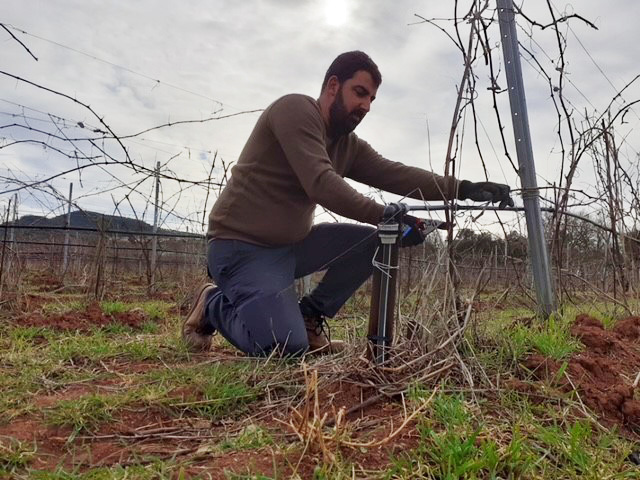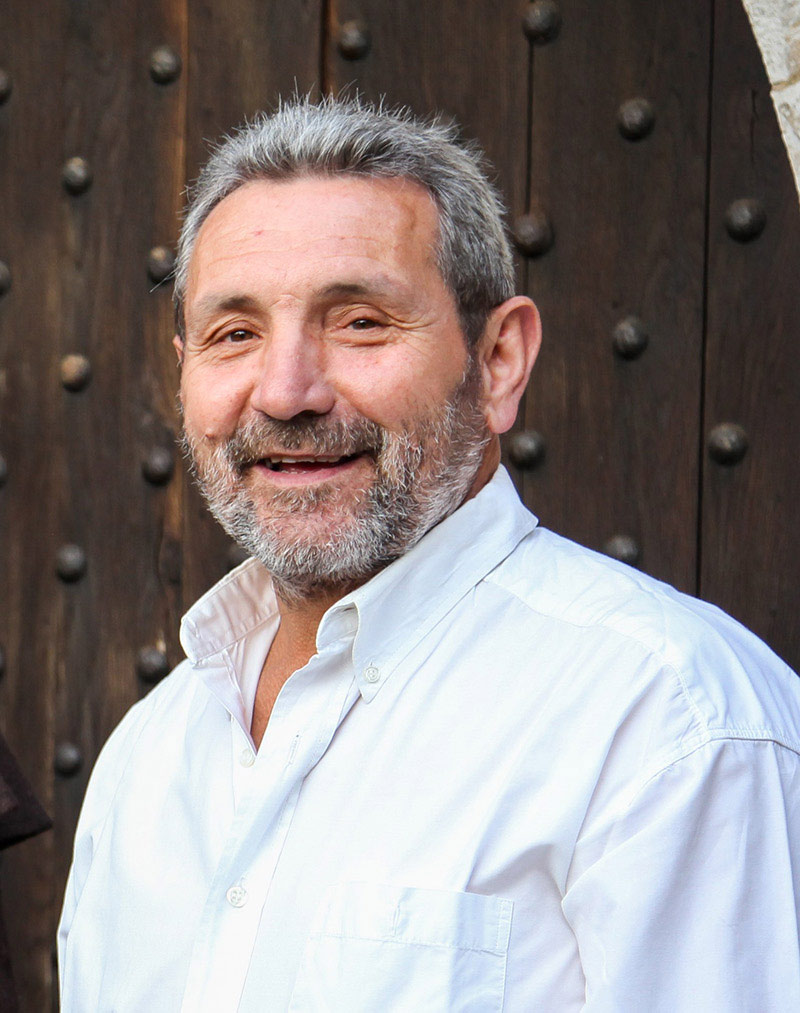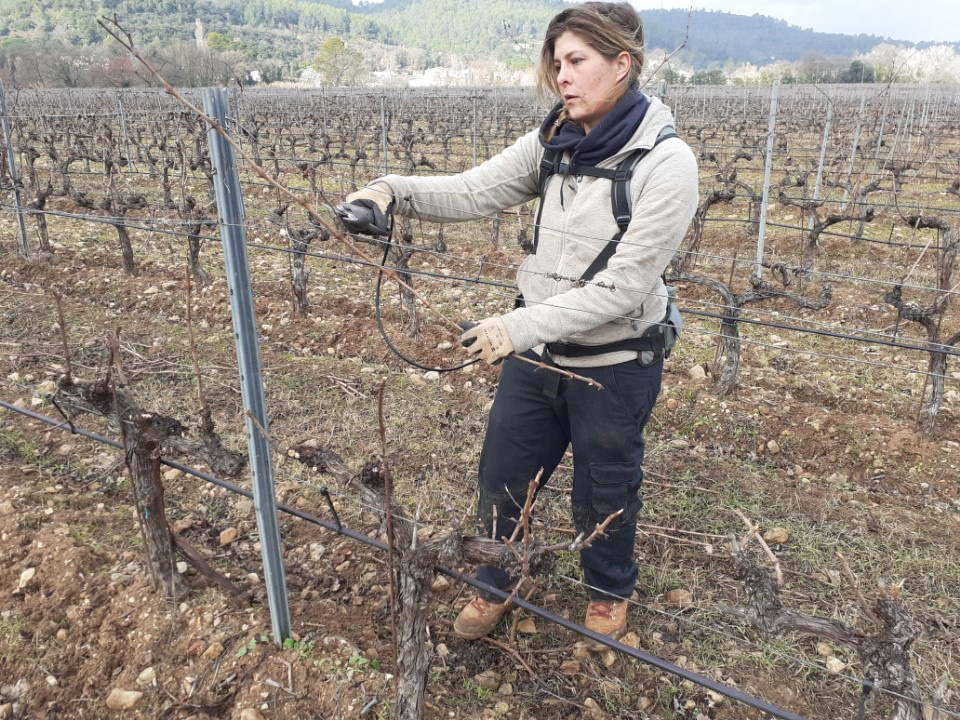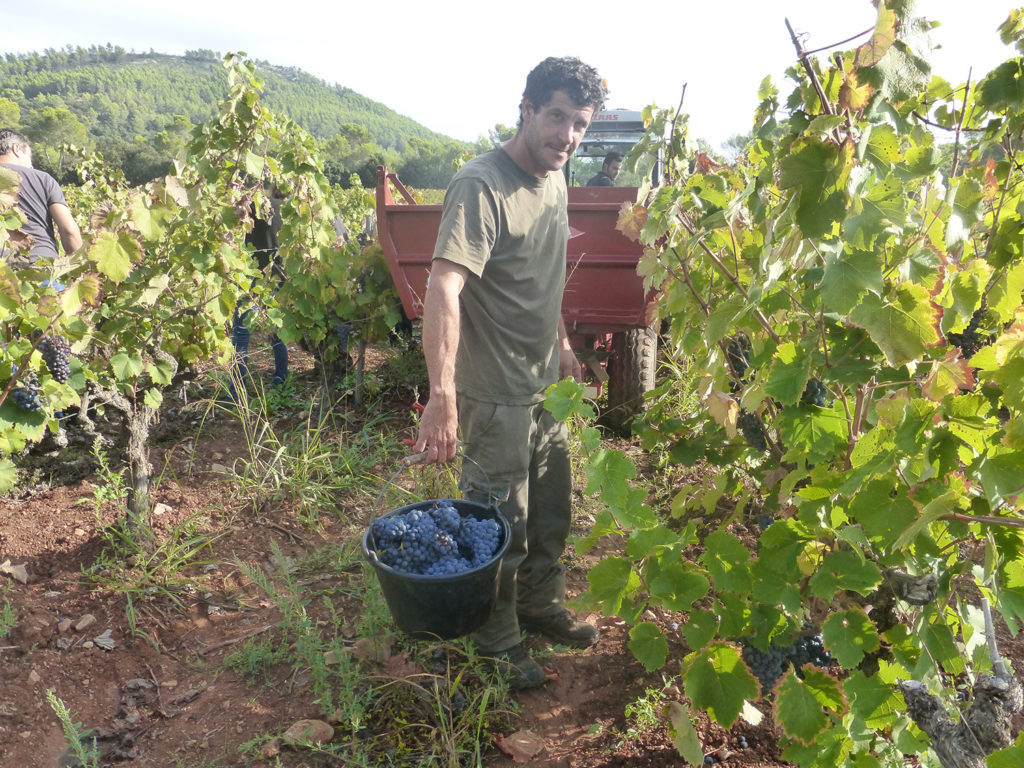Out of our 50 hectares of vineyards, approximately 40 are in production and 10 are ‘at work’ (fallow land, crop rotation, or replanting). We always strive to keep a balance between very old vines (30 to 80 years old), fully mature vines and young vines.
The wide range of Provençal flavours so often described and painted by artists are what we want to offer in our wines: we favour using several grape varieties to provide unique complexity and make the most of the range of wines.
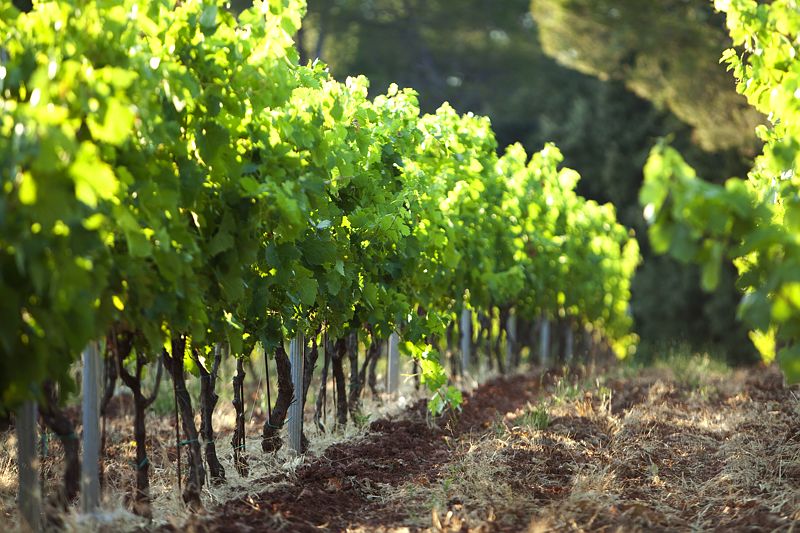
Vine treatments:
